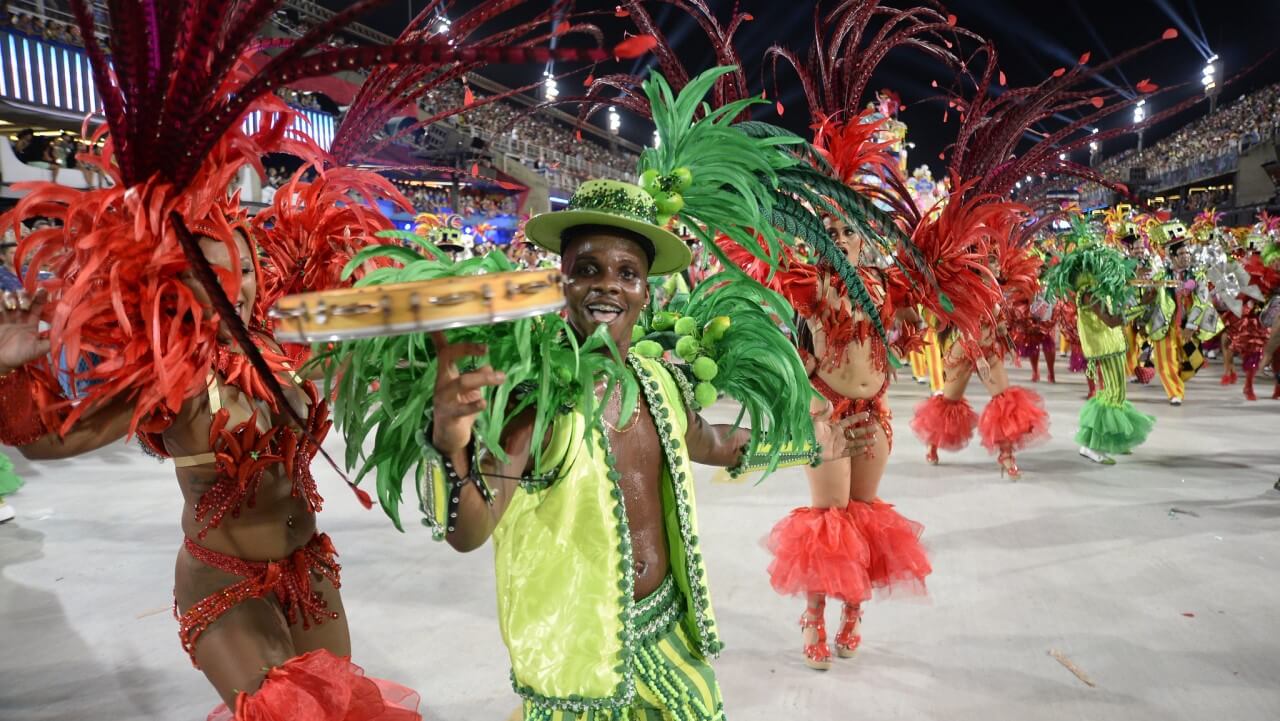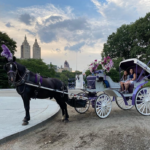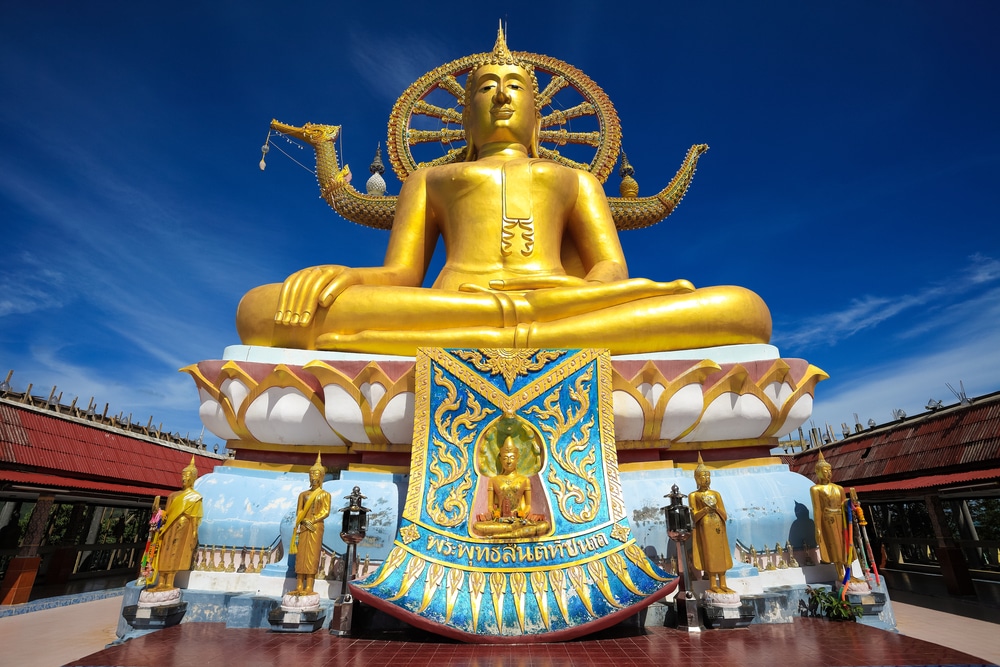Awesome Samba classes Rio de Janeiro: What kind of Samba do we offer? Our Samba school provides classes of Samba no pé (samba solo), Gafieira (partner samba), forro (partner dance), and other dances. Empowering the student to perform the basic movements of the dance also, if you already have some dance experience we help you to improve and learn new steps. You don’t need to have a dance partner to join our dance class, so, don’t be shy and come to have fun with us. Dance studios are located in the neighborhoods of Copacabana and Ipanema. See even more info at Samba classes Rio de Janeiro.
Dancing samba involves a lot of hip mobility with some level of control on the fluidity of the hip joint. As you keep moving back and forth and sideways, you get to train yourself on how to move your hip joint safely and yet effectively. And with better control over your hip movement, you get better movement in many other ways. Dancers have to look graceful and elegant while on the dance floor. But to achieve this, you will need to master the proper body alignments depending on your body type and the kind of dance you are engaging in. For samba, confidence is key and this means you will have to learn how to look confident. A confident body alignment is actually the proper body posture where your head is held high and your shoulders look firm.
The baterias of samba schools are so famous in Rio de Janeiro that during the year when there are not in Carnival, they play in ceremonies, celebrations, and parties around town. Passistas – Carnival’s leading samba dancers. Of course, no parade can be bereft of the Passistas or samba dancers that dance the entire length of the samba strip. This group of 15-20 dancers is chosen through a competition each year and has the honor of representing their samba school. Well-known lead vocalists and a group of fellow vocalists do justice to the samba songs that are composed for especially for the parade.
Visiting Christ the Redeemer is one of the most popular things to do in Rio de Janeiro, with over 800,000 people visiting annually. Be prepared for crowds at the top. To avoid long queues for the train, book your tickets in advance online and select a time. Another option for getting to the top is taking a van ride, which is cheaper but far less scenic and enjoyable. It’s hard to imagine a more perfectly placed mountain than Sugarloaf. Just slightly offshore from mainland Rio de Janeiro, this towering monolith provides sweeping views of the city and across to Christ the Redeemer. At the top, you’ll find multiple viewing platforms, most of which are protected from the punishing equatorial sun. Views also extend to Rio’s famed harbor with the Ponte Pres. Costa e Silva bridge in the foreground and back towards Copacabana and Christ the Redeemer.
Continuing on westward from Copacabana’s four-kilometer strand, the beaches of Ipanema and Leblon are separated by the Jardim de Alá Canal, which drains the lagoon, Lagoa Rodrigo de Freitas. Along the seafront promenade are large hotels, sidewalk cafés, and restaurants. These two districts, although best known for their beaches (one of which was made world-famous by the song The Girl from Ipanema) have a lively cultural life, with art galleries, cinemas, and an avant-garde theater. Praça de Quental in Leblon is the scene of an antiques market every Sunday, and Praca General Osorio hosts the Sunday Feira de Artesanato de Ipanema featuring crafts, music, art, and local foods.
Choreography at its best! Each samba school presents a theme which is portrayed by a team of musicians, samba dancers, and well-decorated floats. Months of preparation are put in by the samba schools who mobilize the support of thousands of locals from their communities. At the forefront of the preparations is the Carnvalesco or Carnival Director who sets the theme and organizes practically everything required for the parade right from the costume designs, decorations, theme song, and much more. For the samba parade, each school is divided into sections called ‘alas’ or wings, with each wing consisting of 100 members or more wearing the same costume. In some samba schools, each wing will choreograph their own dance that they practice for months prior to the Carnival. While the dance does contribute to the overall score, the dancers must be upbeat, and happy and sing their samba school song throughout the parade.
How To Get Ready For the tour? It is important to have positive energy and be ready to have fun! Be sure to arrive on time for the class so that we can start on time and not waste any of your precious time! We recommend wearing comfortable clothing and no jewelry. Bring a picture of your ID. Bring positive energy with you and be ready for a great samba evening! What’s the Best Time For A Night Tour? The best time for a Samba night tour is as soon as you get to Rio. Our tour guide can recommend lots of things for you in terms to enjoy your time. Book now! Read more details at https://www.riosambadancer.com/.




